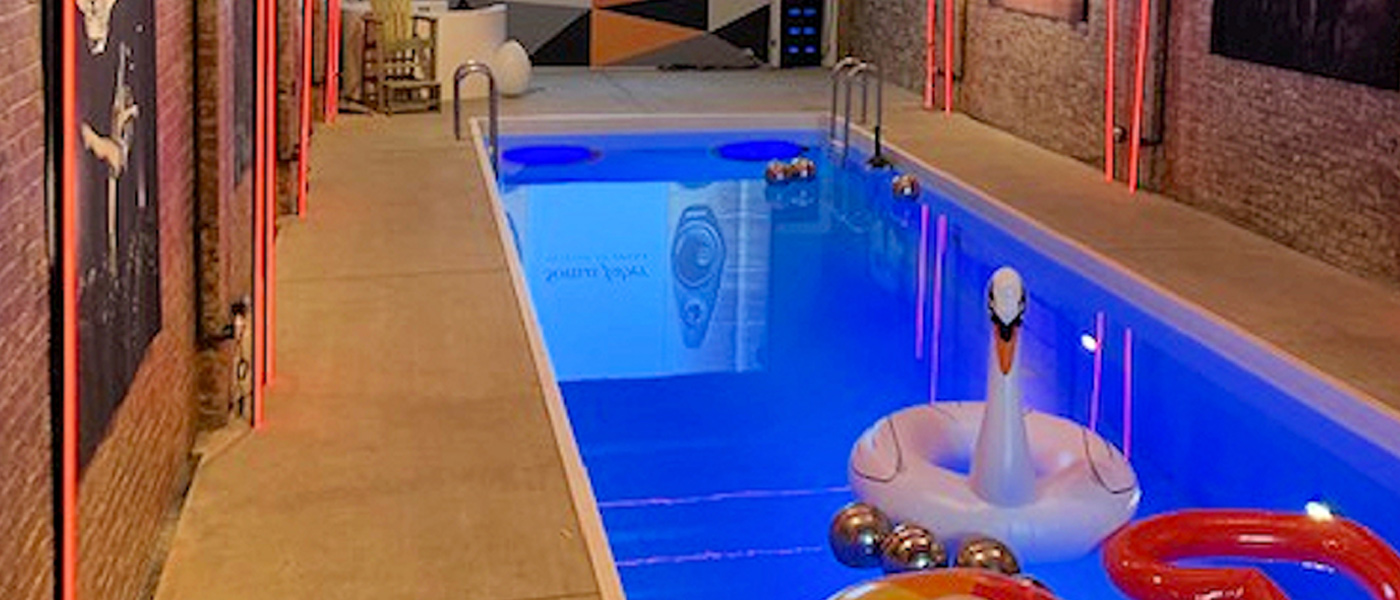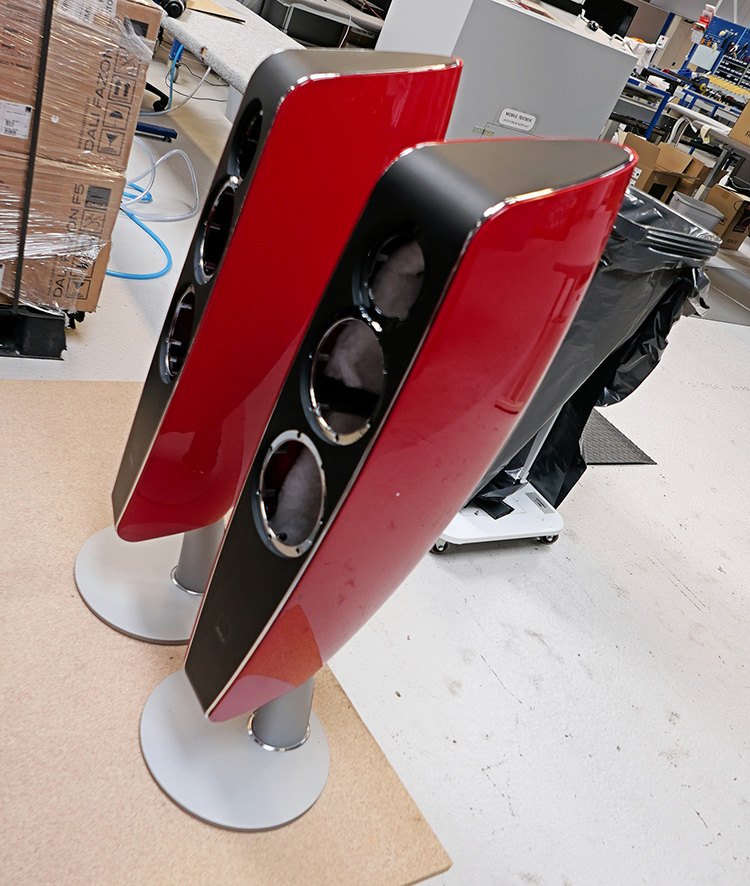Where during the summer, the sun goes down late in the evening and the streaming bright sun wakes you early in the morning. The sun shines and the wind blows and rain comes and goes with the passing clouds.
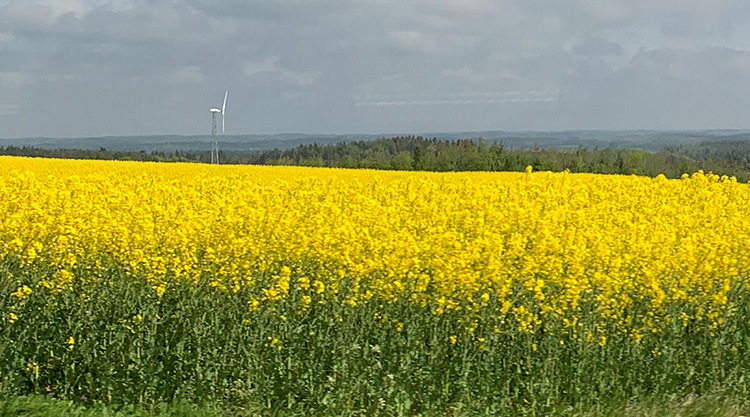
In Denmark, everyone under 40 speaks multiple languages that include their native tongue and English along with either German or Swedish based on your geography.
In Denmark, bicycles roll along the streets of the city of Aarhus (pronounced R-hoos) in harmony with the cars and most buildings still don’t exceed the height of the tallest church steeple of St. Clemens cathedral.
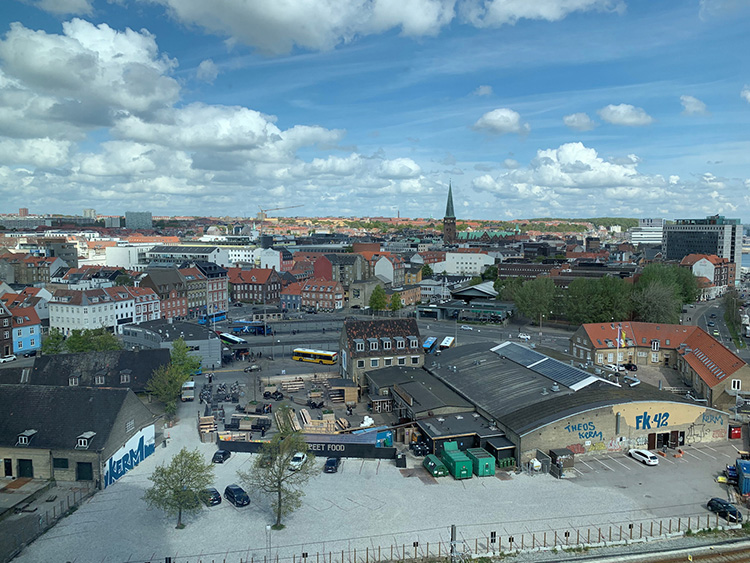
In Denmark, you’re greeted by an honest friendly smile, without the overt attempts to please the out-of-towner. Disputes or disagreements are settled over coffee. When you ask them why Denmark fairs at or near the top of the happiest country in the world on a yearly basis, they show their modesty and they say, “We just don’t worry for the future”.
Even their outlets have a friendly smile.
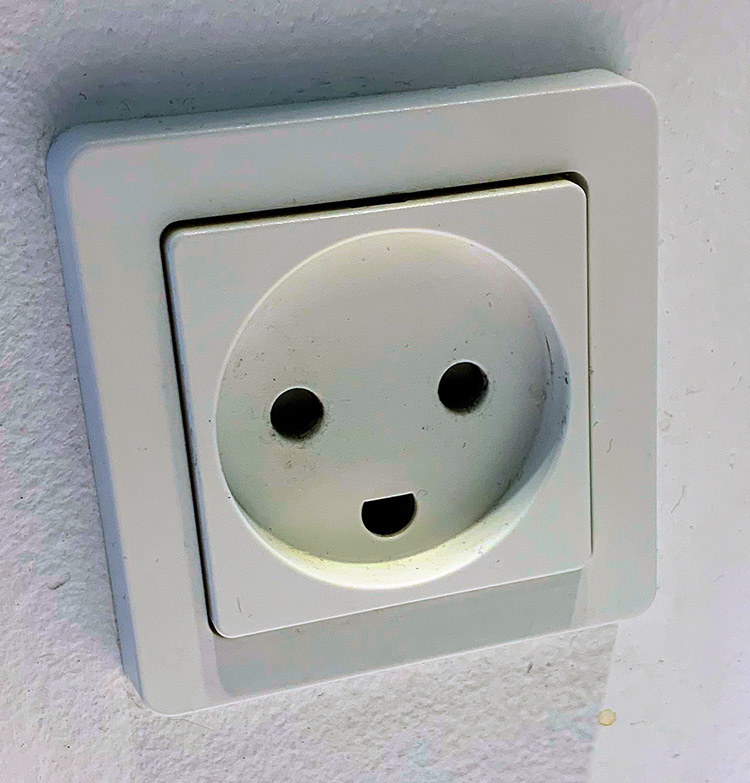
In Denmark, that open honesty translates into the philosophy at DALI. It’s very clear the culture of this country translates into the business model at DALI. Everything comes together based on a common goal, common respect. This small country of 5.5 million is heralded for their innovation and common sense design and technology, no more, no less.
DALI, or Danish Audiophile Loudspeaker Industries, is focused on speakers as a “specialty” and they make nothing else since started by Peter Lyngdorf in 1983. By 1986 they built their first building in this remote location of Norager, some 80 kilometers north of Aarhus where we were staying. Denmark-practicality suggested that land this remote was more economical and plentiful, but that the farming culture where they would draw employees was of a committed and excellent work ethic.
Now the facility has been transformed into a small cluster of attached buildings where over 220,000 Sq. Ft. is used for design, R&D, testing, assembling, sales and marketing, all reside under one skylit roof. And why? Control and quality, the Danish way.
DALI also understands that China is strategically a major center for quality and economy, and so they have expanded to a DALI-led facility in Ningbo, China. Generally, the less expensive lines are fabricated there and some of the drivers.
DALI, to my surprise, is more than a boutique speaker-maker, in 2018 they built and sold 250,000 units in 70 countries with over 110 million Euros in gross sales. They employ 250 people in both Denmark and China, however, that number may change seasonally.
Although we were invited to Denmark by Lenbrook the recently appointed US Distributor of DALI, we were treated to a full day courtesy of DALI and their staff.
If you aren’t familiar with the DALI line let me run it down for you. The Epicon is the flagship line with the largest Epicon 8 and slightly smaller model 6. The monitor version is the Epicon 2 and the center channel Vokal.
The next line down is the Rubicon with the largest being the Rubicon 8, then 6 and 5 floor standers and then the Rubicon 2 monitor. There is also an on-wall Rubicon LCR and the center channel Vokal.
I had the pleasure of reviewing their newest wireless Callisto Series. Two models, the floor standing 6C and the monitor 2C mate with a controller HUB that works with Bluesound and BluOS for streaming services.
The very affordable Opticon series also has the floor standing version 8, 6, 5 and monitors 2 and 1. And similarly, the on-wall LCR and center channel Vokal.
Oberon is their newest series in affordability. With DALI’s SMC technology, the series offers a fresh styling mix of wood and fabrics. Included in the line is the Oberon 7 and 5 for floor standing and 3 and 1 for monitor sizes and similar to the other lines, on-wall and center channel versions.
If small is what you need a DALI Minuet would fit the bill and if pure style is what you desire, then look at their Fazon line. This is where Scandinavian design is epitomized.
Our amazing and personable hosts for a couple of days were CEO Lars Worre and Sales Manager Thomas Knudsen. They both share a passion for music and sound quality that inspires what DALI is all about.
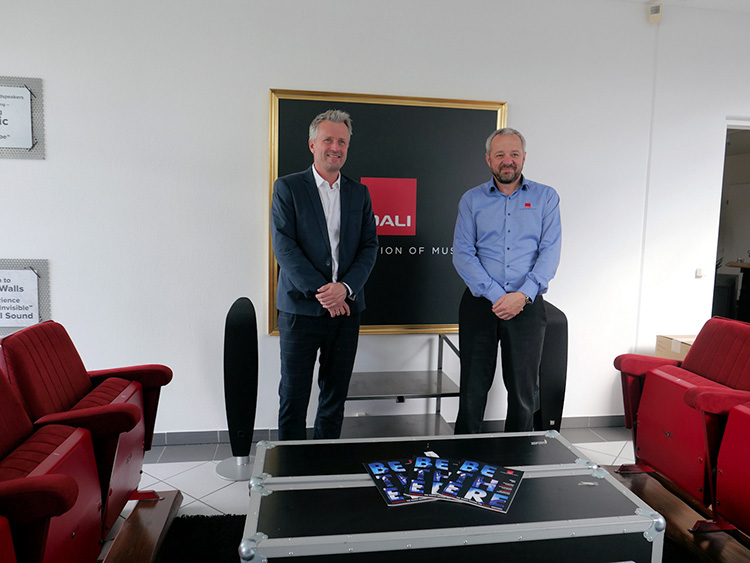
Lars took us through an amazing discussion about every aspect of DALI’s design choices and how they establish goals and how they set out to achieve them, but always about sound quality. Here Lars talks about DALI’s analysis that leads them to a hybrid tweeter design.

The hybrid design combines a ribbon tweeter with a soft dome tweeter, best of both worlds for transparency and detail with wide dispersion.

Makes total sense that a company whose motto is “In Admiration of Music” that knowing how a recording is produced, that it also reflects on how it sounds through their speakers. Lars tells an anecdote when asked by a banker recently, what his greatest fear was, (the banker presumably expected the answer to be business related), Lars responded poignantly, “Compression”.
Secrets Sponsor
Inez Søby Bukdahl, the Marketing Manager, presents how important sound quality in the recording is to DALI and their efforts to bring young and unknown musicians to light through their CDs. DALI also introduced a new logo, not only to keep up with the times but also because it indicates a commitment to the quality of recordings today.
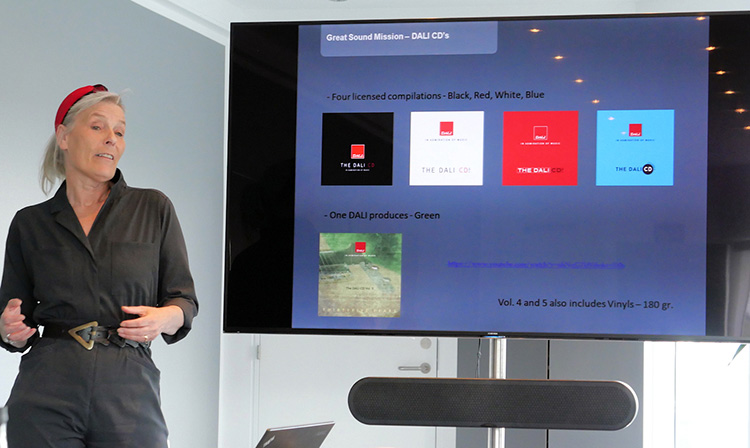
DALI has produced music and there are several CDs available at https://www.dali-speakers.com/music/the-dali-cds/ with their latest offering, Green Album 5, on vinyl.
Along with the recordings, DALI also publishes a magazine, (yes in print) called “Be There” purely about the music, the artists and recordings with a minimal amount of information about their products. DALI gives it away here.
It’s a worthy read and well worth the effort. If you like it, subscribe.
And so the tour begins….
Walking through their factory, the first thing you’ll notice is the testing area, where they test speakers for longevity, mostly through chambers that simulate moisture and light abuse and any other issues they deem necessary.
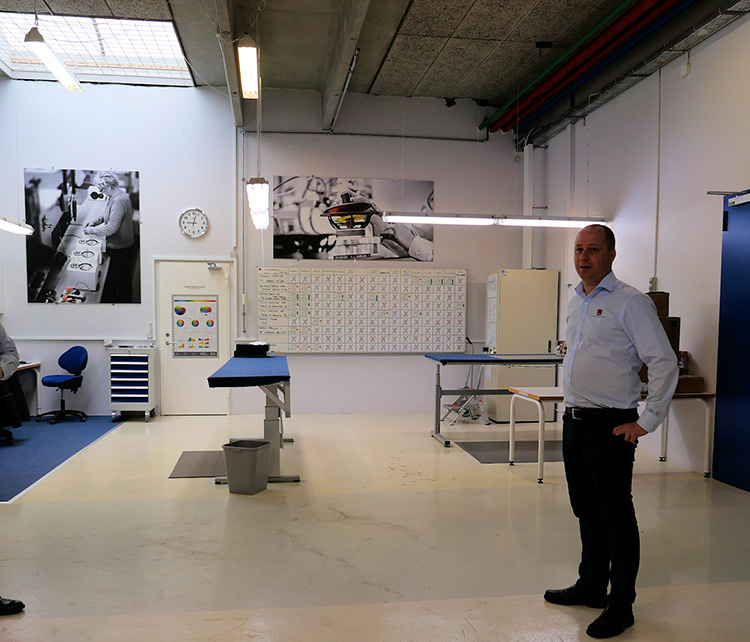
Immediately I noticed the locker of legacy products, used as “reference” for every speaker made by DALI.
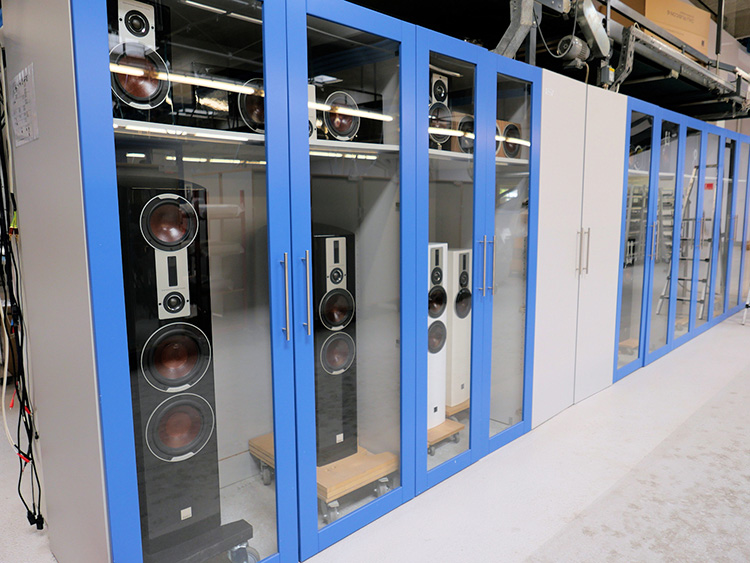
The factory is well organized, love the stacked milled and CNC’d chassis ready for assembly.
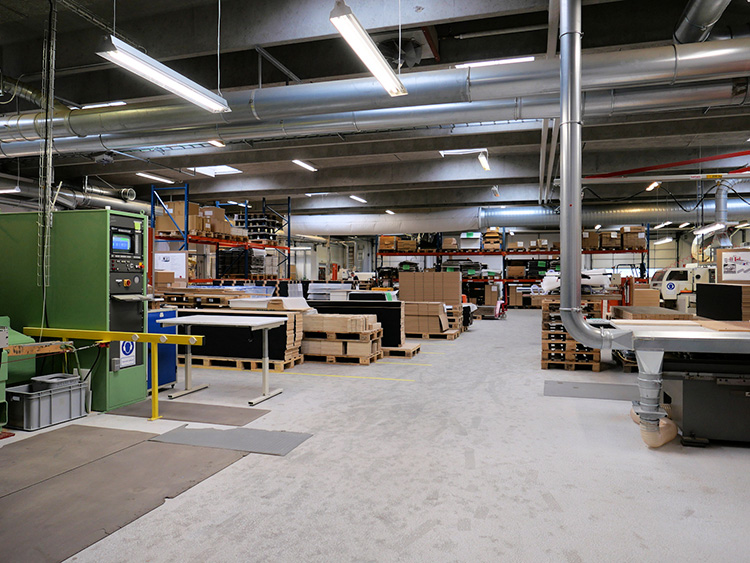
Despite the feel of hand-built production, the use of a robot ensures precise assembly.
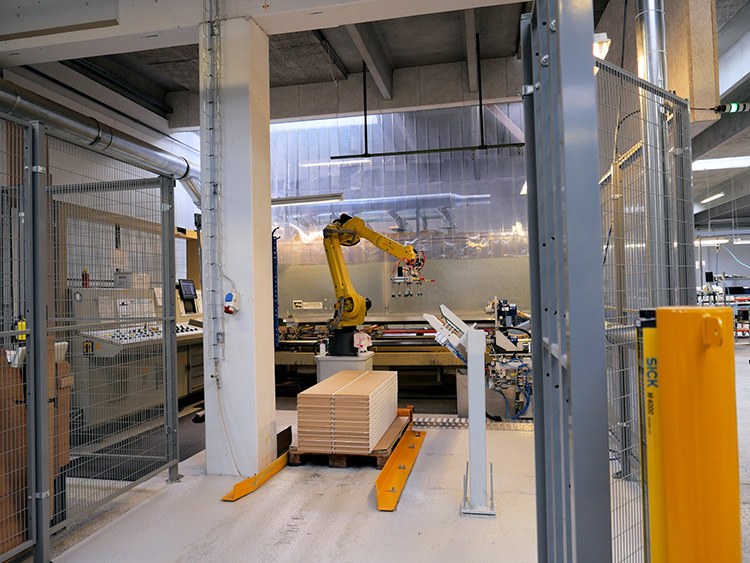
Back boxes for in-wall units are well braced and of solid construction.
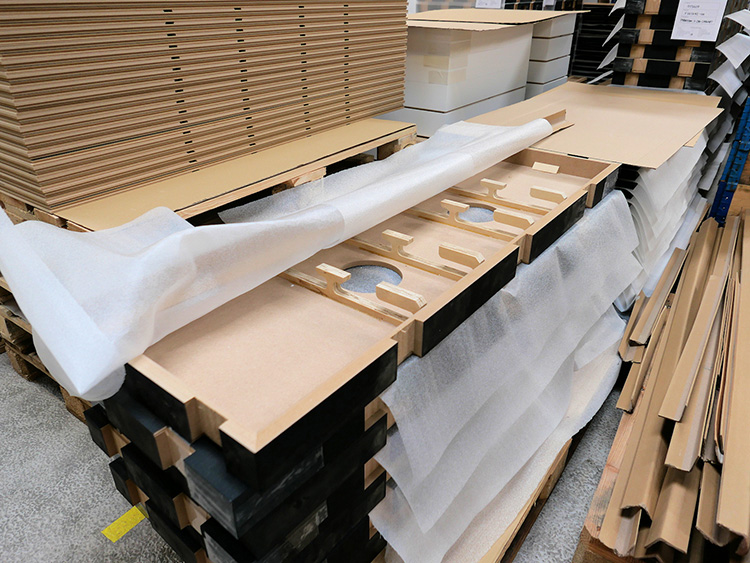
Worker’s attention to detail, a speaker must have a perfect luster and so it goes back in for polishing to get that mirror finish. In this case, an Epicon floor standing speaker gets yet another buff, after receiving 10 coats of lacquer.
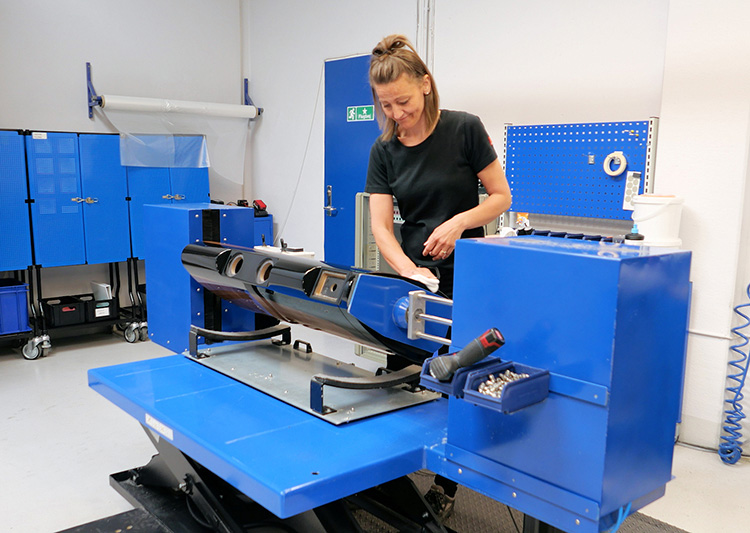
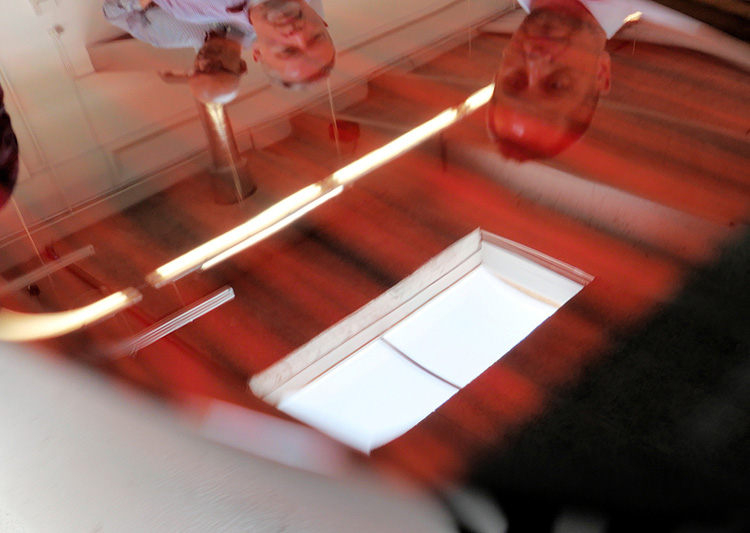
The veneer on these Epicon cabinets is gorgeous and the cabinets themselves are ready for the drivers and crossovers. By informal vote, almost everyone agreed that the high-gloss Ruby Macassar finish “stole the show” but I certainly loved the high-gloss walnut too.
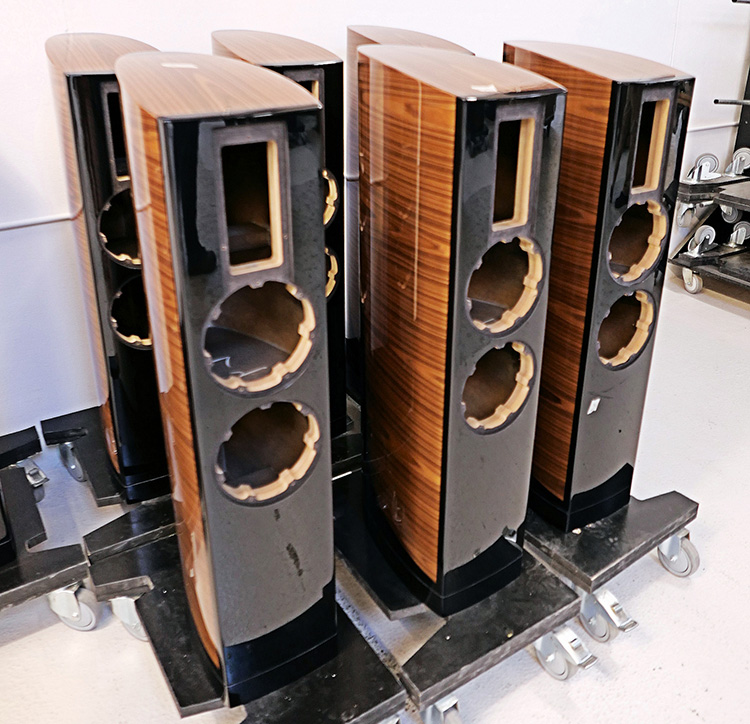

The front baffle is very thick MDF, well over an inch!
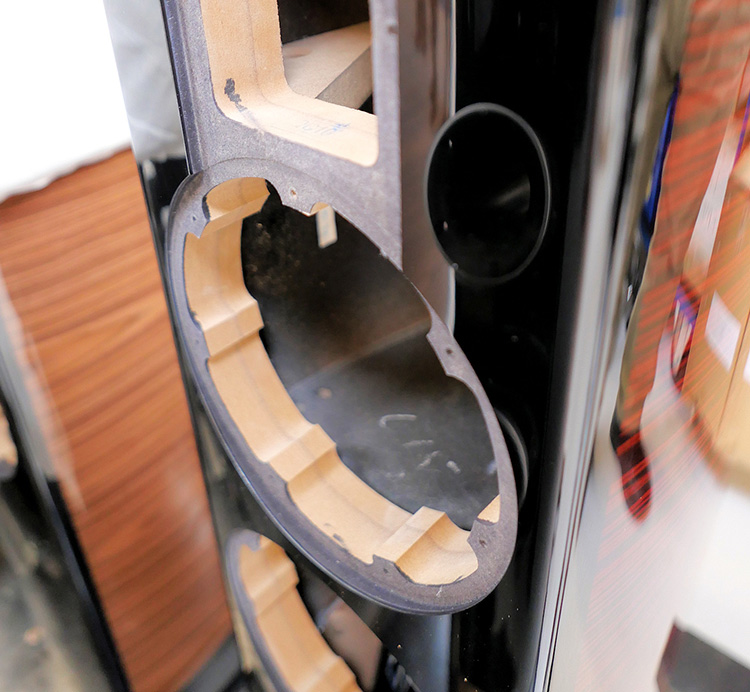
Crossovers getting assembled.
Secrets Sponsor
Intrinsically important to DALI is the technology behind their patented SMC (Soft Magnetic Compound) in the magnet motor design. Depending on the level of the speaker, DALI varies the amount used, it’s expensive.
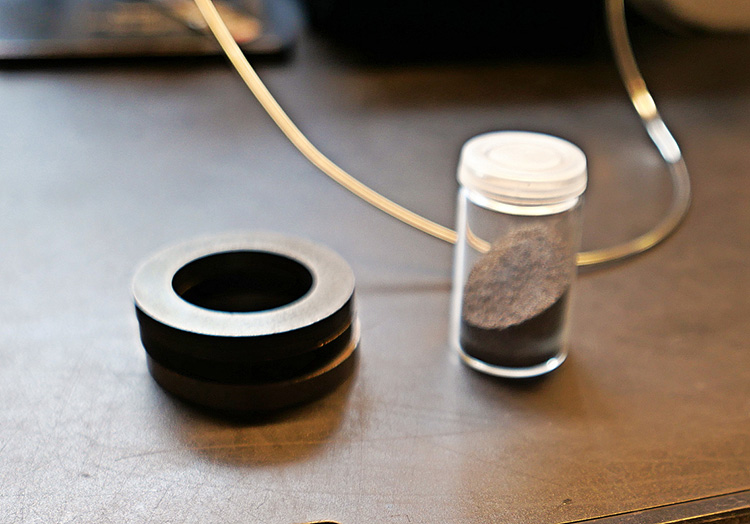
DALI is most concerned about distortion in the 3rd order as seen in the testing done for each driver design.
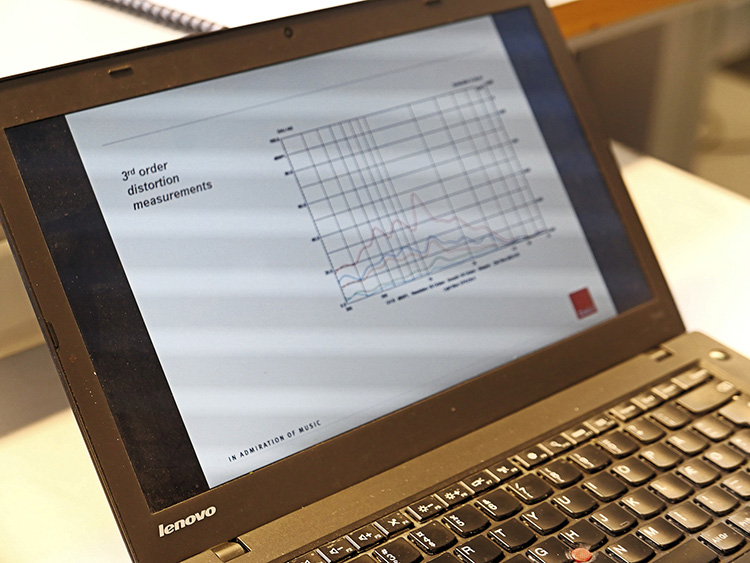
Drivers are assembled both by machines for gluing and by hand from skilled and patient people.
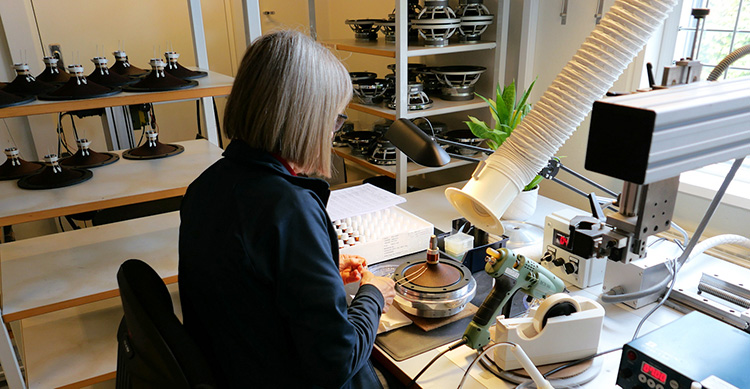

Pinnacle Scandinavian design in the DALI Fazon F5 speakers, not new but seductively shaped and brightly colored, the enclosure is aluminum.
In fact, you’re greeted in the lobby by custom painted versions.
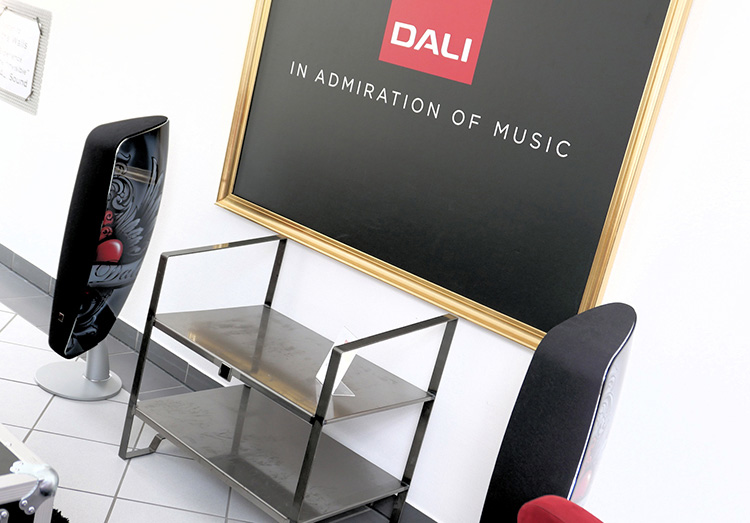
There is nothing more “DALI-like” than their brown speaker cones. Wood-fiber cones are lightweight and stiff.
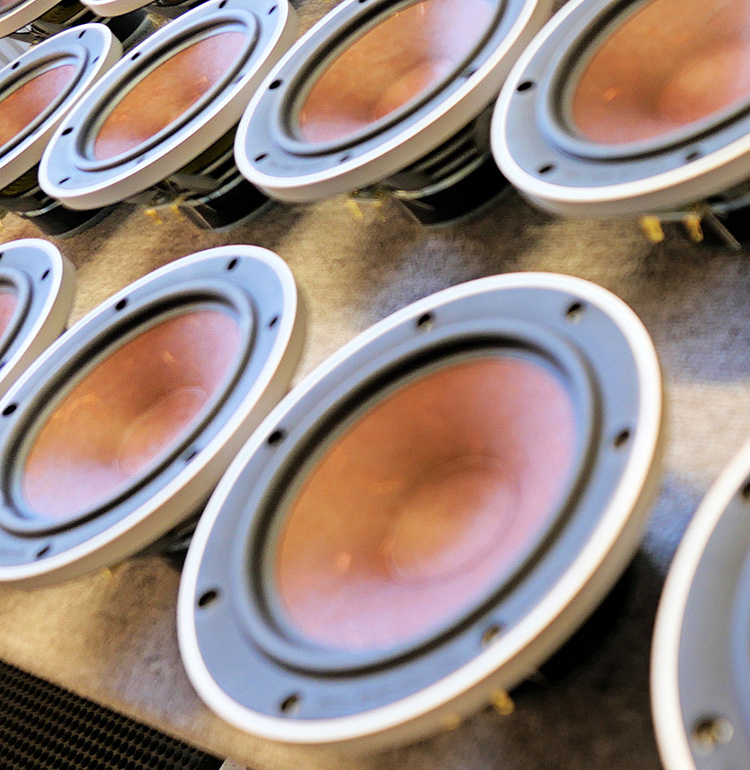
A showroom per se, DALI’s lobby is equipped with their entire line for touching and viewing.
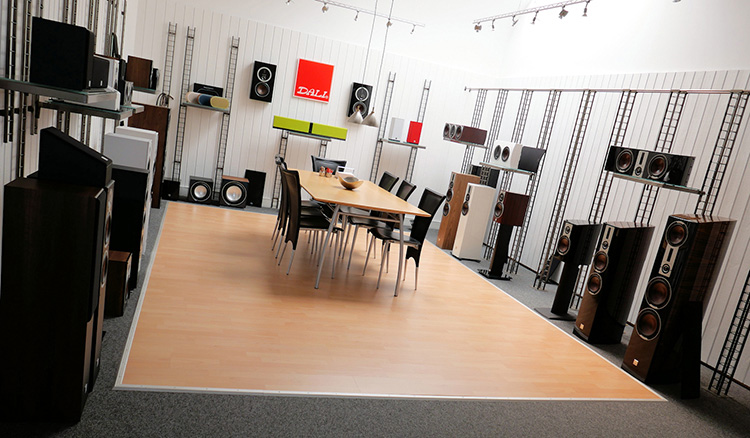
I really like their on-wall design, it may not disappear but I can tell you from personal experience, it’s not easy burying speakers in walls and predicting the performance, this is a great alternative, especially if you rent or plan to change the furniture around.
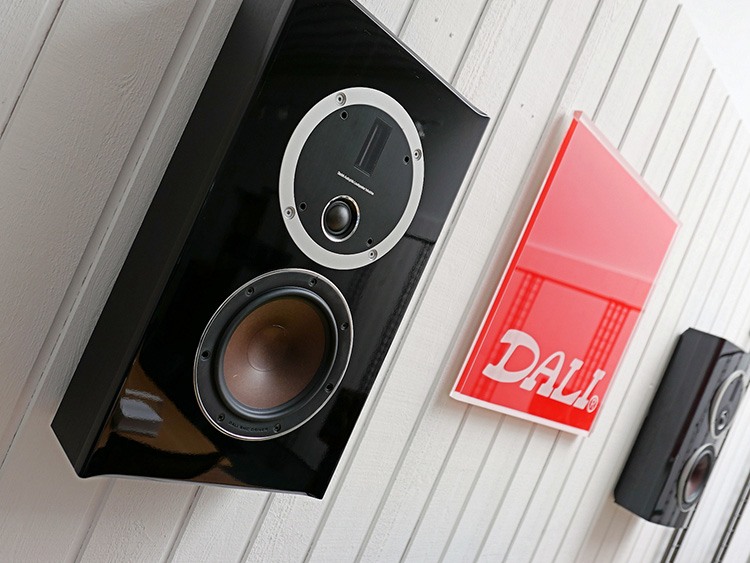
DALI also has developed the Katch, portable speaker. It may be the “me-too” of speakers but this one is gorgeously designed. A leather strap for carrying around on-the-go, the Katch receives Bluetooth and Apt-X connectivity. Said to play up to 24 hours on a single charge.
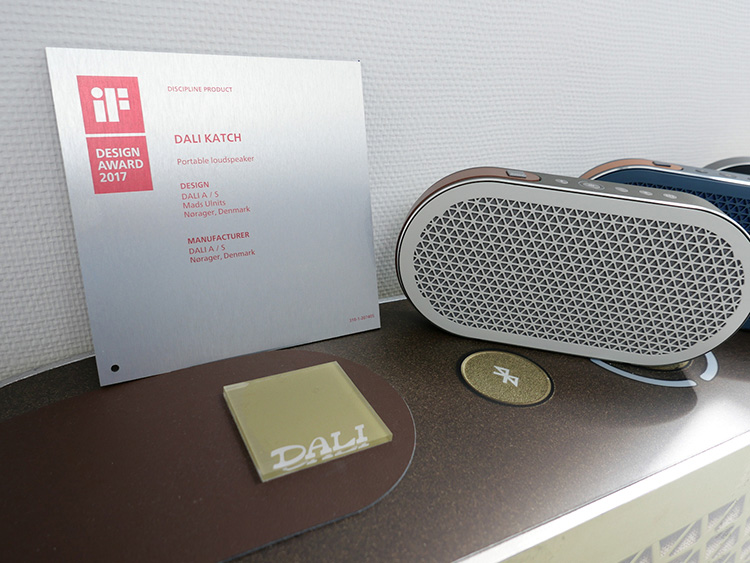
A full day of discussion and touring ended splendidly with a listening session in their new demonstration rooms. Carved out of factory space, the rooms comfortably let you sit, listen and enjoy. What caught my eye (and my ears) was the Bluesound Node 2i feeding a rare DALI Detal preamplifier, and the 200 lb. + Gravity Amplifier – 1800 watts of class A amplification.
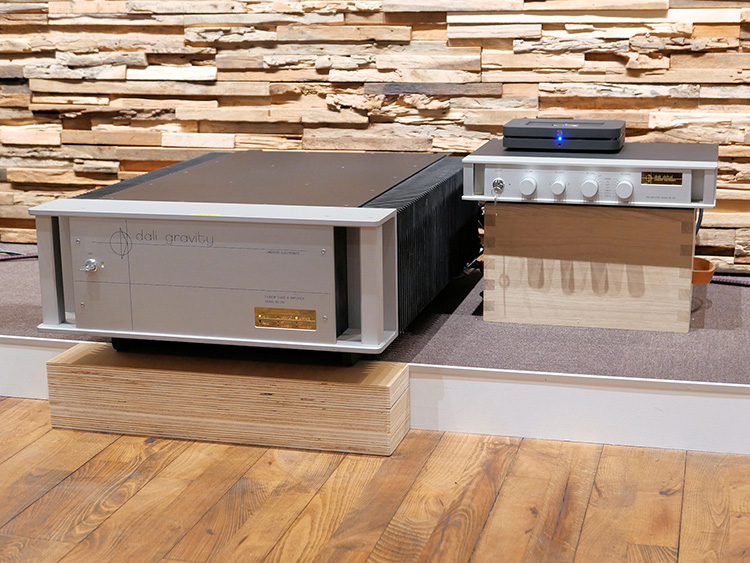
Feeding Epicon 8 speakers, the sound was rich, full and transparent.
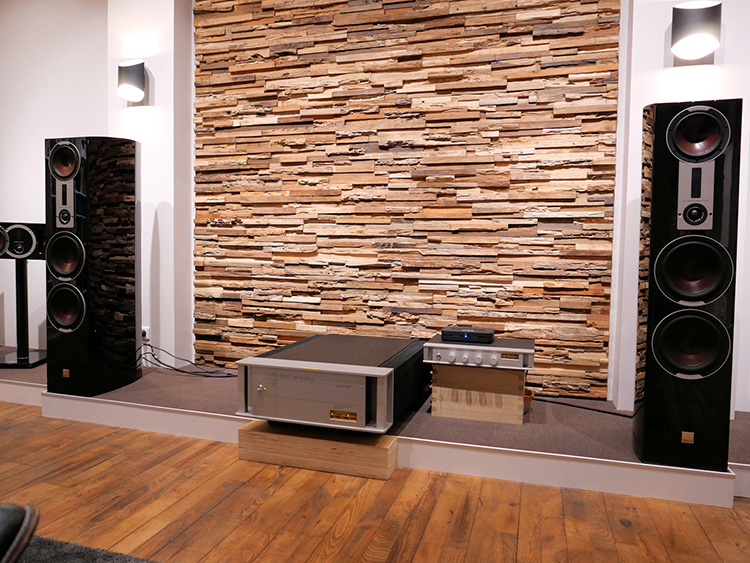
A day off left us to spend some time in the city of Aarhus and the ARoS museum where the roof-top rainbow walkway is mesmerizing.

The interior reminds me of the Frank Lloyd Wright designed Guggenheim on 5th Ave, in Manhattan. A spiral ramp takes you either up or down from floor to floor to the exhibit rooms. Unlike the NYC version where the ramps themselves are the exhibits, (Wright always envisioned you start at the top and work your way down), in this case, the ramps are merely the connections between floors and dedicated rooms. This works better for me frankly.

The Old Town is a sort of recreated open-air museum to wander around and get lost, some of the homes are actually occupied and they welcome visitors. Simulated shops and restaurants that let you taste the local fare. As a recreated area, meaning most buildings were dismantled and reconstructed on this site from other parts of Denmark, Old Town is intimate and worth a trip if you’re in Aarhus, the second largest city after Copenhagen.
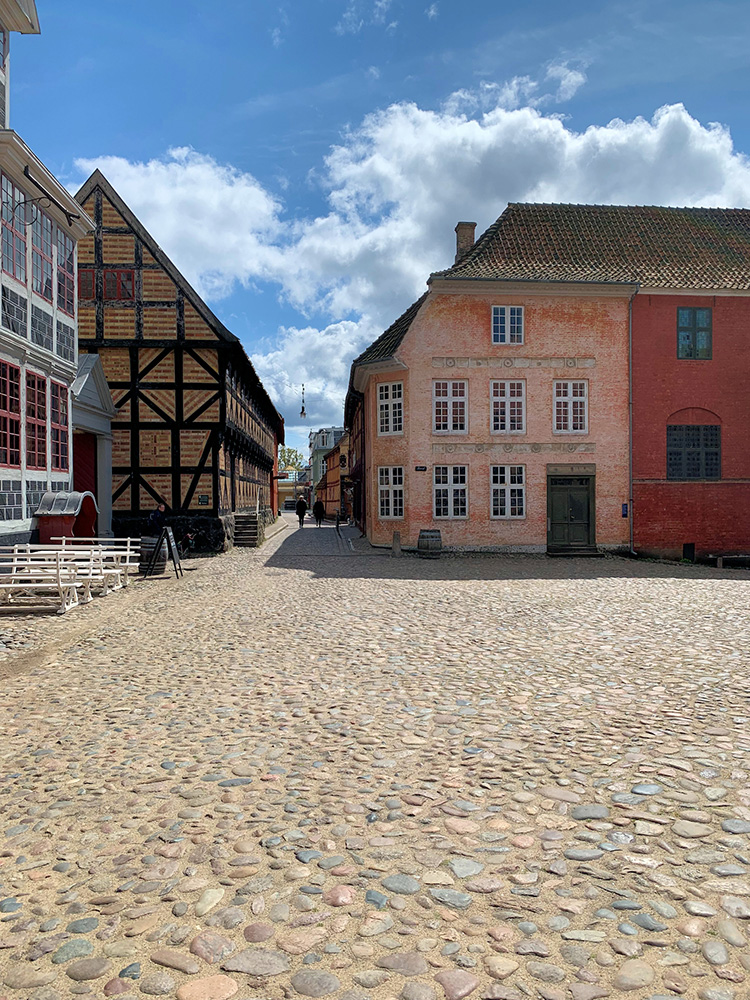
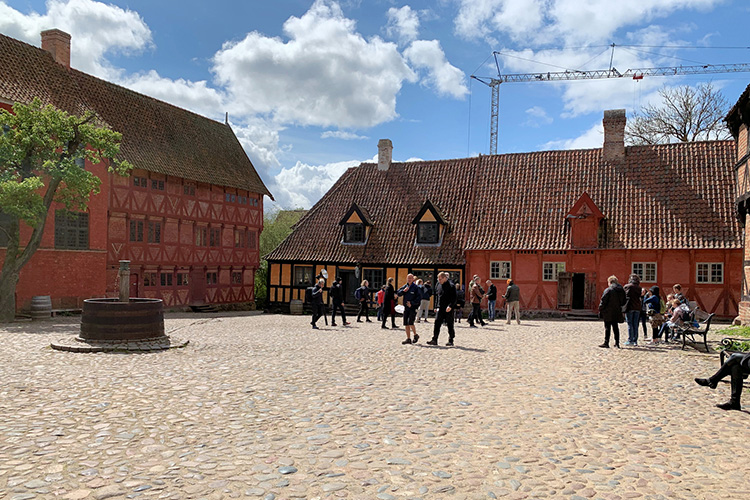
With my profound thanks to Lenbrook for arranging the trip and for DALI to host us, I leave Denmark with a new respect for their society, culture and all-encompassing approach to life in general. I finally got to know DALI and the people behind this iconic Scandinavian company.
tak skal du have!


